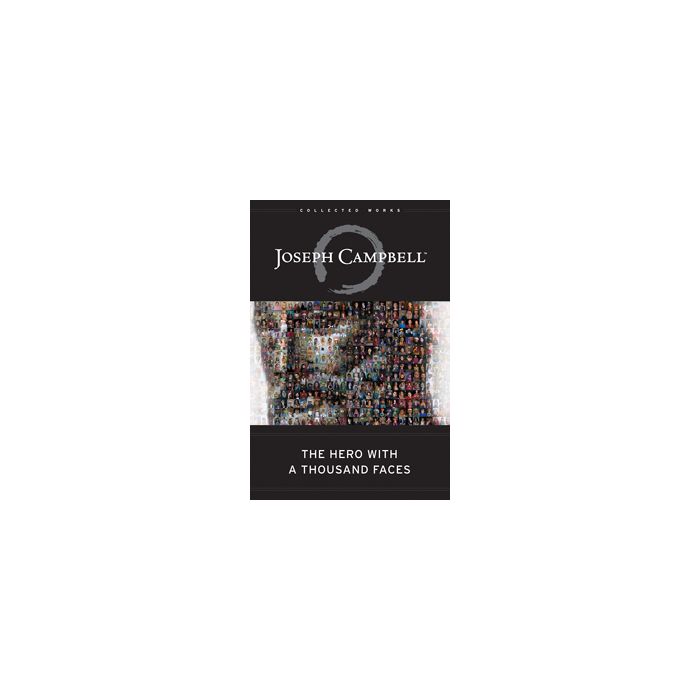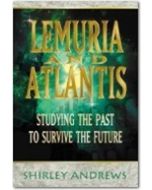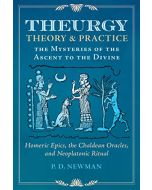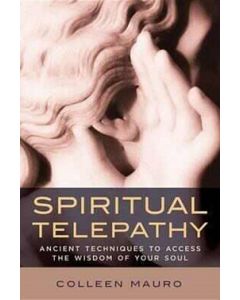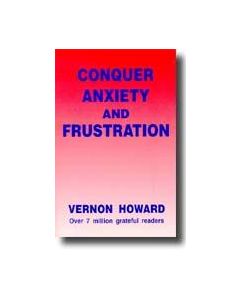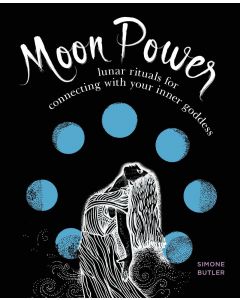Hero with a Thousand Faces
$54.95
In stock
SKU
9781577315933
Since its release in 1949, The Hero with a Thousand Faces has influenced millions of readers by combining the insights of modern psychology with Joseph Campbell's revolutionary understanding of comparative mythology.
Campbell explores the theory that important myths from around the world which have survived for thousands of years all share a fundamental structure, which Campbell called the monomyth. In a well-known quote from the introduction to The Hero with a Thousand Faces, Campbell summarized the monomyth:
“ A hero ventures forth from the world of common day into a region of supernatural wonder: fabulous forces are there encountered and a decisive victory is won: the hero comes back from this mysterious adventure with the power to bestow boons on his fellow man.[3] ”
In laying out the monomyth, Campbell describes a number of stages or steps along this journey. The hero starts in the ordinary world, and receives a call to enter an unusual world of strange powers and events (a call to adventure). If the hero accepts the call to enter this strange world, the hero must face tasks and trials (a road of trials), and may have to face these trials alone, or may have assistance. At its most intense, the hero must survive a severe challenge, often with help earned along the journey. If the hero survives, the hero may achieve a great gift (the goal or "boon"), which often results in the discovery of important self-knowledge. The hero must then decide whether to return with this boon (the return to the ordinary world), often facing challenges on the return journey. If the hero is successful in returning, the boon or gift may be used to improve the world (the application of the boon).
Very few myths contain all of these stages—some myths contain many of the stages, while others contain only a few; some myths may have as a focus only one of the stages, while other myths may deal with the stages in a somewhat different order. These stages may be organized in a number of ways, including division into three sections: Departure (sometimes called Separation), Initiation and Return. "Departure" deals with the hero venturing forth on the quest, "Initiation" deals with the hero's various adventures along the way, and "Return" deals with the hero's return home with knowledge and powers acquired on the journey.
The classic examples of the monomyth relied upon by Campbell and other scholars include the stories of Osiris, Prometheus, the Buddha, Moses, and Christ, although Campbell cites many other classic myths from many cultures which rely upon this basic structure.
While Campbell offers a discussion of the hero's journey by using the Freudian concepts popular in the 1940s and 1950s, the monomythic structure is not tied to these concepts. Similarly, Campbell uses a mixture of Jungian archetypes, unconscious forces, and Arnold van Gennep's structuring of rites of passage rituals to provide some illumination.[4] However, this pattern of the hero's journey influences artists and intellectuals worldwide, suggesting a basic usefulness for Campbell's insights not tied to academic categories and mid-20th century forms of analysis.
| Author | Campbell, Joseph |
|---|---|
| ISBN | 9781577315933 |
Write Your Own Review
Frequently Bought Together
-
This Item:
$54.95
-
LEMURIA AND ATLANTIS
$33.95
-
Medical Medium – Secrets Revised Edition
$49.95
-
THEURGY: THEORY AND PRACTICE
$64.95
-
KUNDALINI
$30.95
Total price
Customers Who Bought This Item Also Bought

